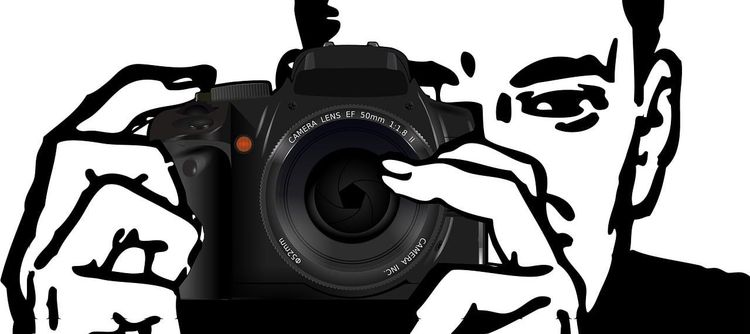Voice security firm Hiya reported a decrease in nuisance calls during the fourth quarter, with Americans experiencing one of the lowest rates of fraud calls globally. However, concerns loom as many of these calls are now likely to be AI-generated.
During the open enrollment period, health insurance scams surged, and Hiya warns of the potential rise of AI-generated voice clone scams in 2024. These calls, which may mimic the voice of someone you know, could significantly increase the likelihood of success for scammers.
0:04/14:43 Are You Ready for AI Agents?
Hiya's latest study revealed that 29% of calls from unknown contacts were classified as spam, while only 1% were identified as fraudulent.
“What can we take from this data?” asked Kush Parikh, President of Hiya. “Primarily, phone fraud and spam are escalating global issues affecting all users. It's crucial for all members of the telecom community—carriers and vendors alike—to collaborate in enhancing consumer trust in phone communications. Failure to achieve this could jeopardize the integrity of this vital communication tool.”
Hiya's Q4 2023 Global Call Threat Report provides insights into the current landscape of phone spam and fraud. Despite a rise in nuisance calls, Americans reported among the lowest rates of fraud worldwide during the last quarter.
Hiya’s Data on Nuisance and Fraud Calls
According to Hiya, unwanted calls surged during the holiday season, totalling 7.3 billion globally in Q4—up from 6.55 billion in Q3. This increase was driven by new users joining the Hiya network and seasonal trends, with spam calls peaking at 357 million in the week following Thanksgiving.
In the U.S., consumers received an average of 15 spam calls per month, leading to a spam rate of 29%. Remarkably, only 1% of these calls were classified as fraudulent, placing the U.S. among the lowest fraud rates globally. Most fraudulent calls were effectively blocked by carriers before reaching consumers.
Common scams targeting Americans included Medicare, insurance, tax schemes, and impersonations of major platforms such as Amazon and financial apps like Venmo, PayPal, Zelle, and Cash App.
In Europe, France recorded the highest spam rate at 47%, surpassing Spain. French residents received an average of 10 unwanted calls monthly, with many scams impersonating EDF Energy and promoting fraudulent energy subsidies and solar installations.
In the UK, individuals faced an average of four spam calls per month, resulting in a spam rate of 28%. Common scams included HMRC tax fraud and Amazon impersonations. Additionally, immigration-related scams emerged, warning recipients that their visas had expired.
Brazilians encountered an average of 24 spam calls monthly, with 44% classified as spam and 9% as fraud. Banking scams were prevalent, often involving impersonation of bank officials and tactics like the Ghost Hand Attack to remotely control victims' devices.
In the U.S., Oklahoma and Ohio reported the highest spam rates at 28%, while Alaska had the lowest at 13%. Oklahoma also saw a prevalence of imposter scams, healthcare fraud, and scams related to internet, mobile services, and lotteries.
Hiya Report Methodology
This report is based on a representative sample of calls monitored through the Hiya Voice Security Network, which includes Samsung Smart Call-enabled devices and the Hiya mobile app. Spam ratios indicate the volume of unwanted calls from non-contacts, with Hiya continuously refining its methods for identifying nuisance and fraudulent calls.







